City farms offer people the chance to spend time outdoors while connecting with others from their local community. They also create essential spaces for nature in urban landscapes. We've selected ten to visit, all of which have great wildlife value as well as a variety of farm animals to meet and activities to try.
• What are city farms and why are they important?
Balsall Heath City Farm, Birmingham
A small city farm just south of Birmingham city centre, which opened in 1980 to support the local community in Balsall Heath. The farm started life with a few chickens and a couple of goats, but has grown with help from community volunteers. Wild visitors today include foxes and common garden birds, and the farm is adding new hedgerows, bug hotels and a pollinator bed to attract more wildlife.
Check out the Balsall Heath City Farm page on Facebook
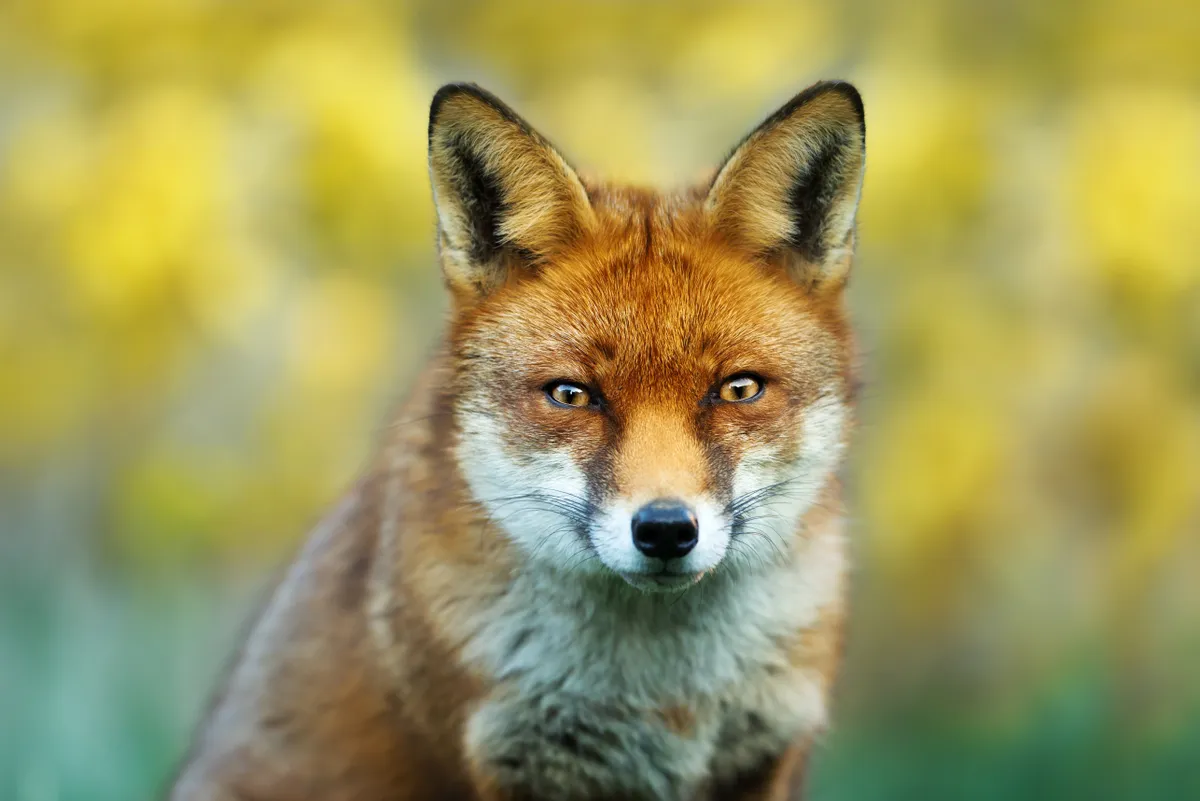
Gorse Hill City Farm, Leicester
Established by 30 local people in 1985, these former allotments cover 20 acres in the west of the city. Today, the site hosts more than 100 farm animals and also has a wildlife garden and pond. You can spot buzzards and sparrowhawks there, and they’ve seen a big increase in bees and butterflies thanks to nature-friendly planting.
Visit gorsehillcityfarm.org.uk
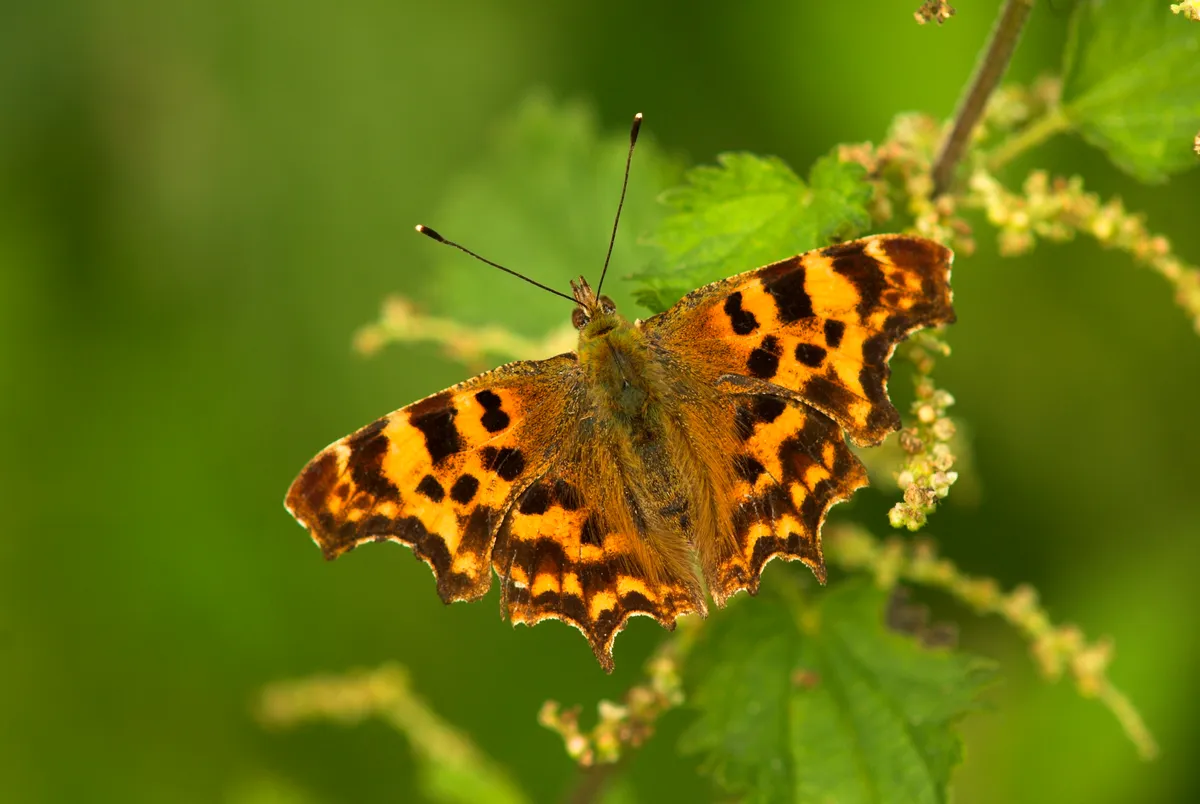
St James City Farm, Gloucester
A short walk from the city centre, this city farm was established in 1998. It is home to rare-breed pigs and sheep and also hosts a successful riding school. Visitors can get involved in projects that range from growing vegetables to designing and building livestock housing, surrounded by sweet violets, grey wagtails and comma butterflies.
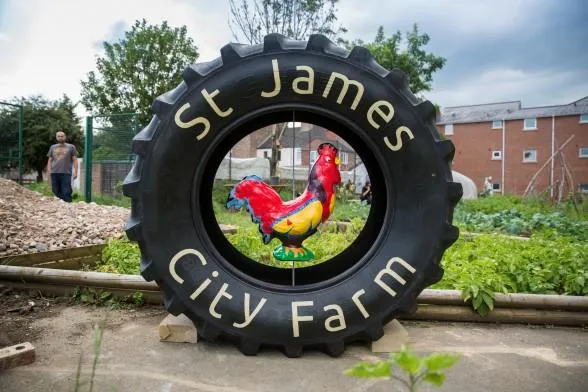
Hackney City Farm, London
Previously a derelict and scruffy lorry park, this site became a city farm in 1984 - and has since transformed into a thriving community resource. It packs a real punch in terms of habitats within a small area. There’s everything from a woodland to allotments to a cottage garden. Several beehives hidden away onsite provide pollinators a variety of trees and plants in the local gardens and parks, and the farm is home to bluebells, rare stag beetles and dove’s foot cranesbill.
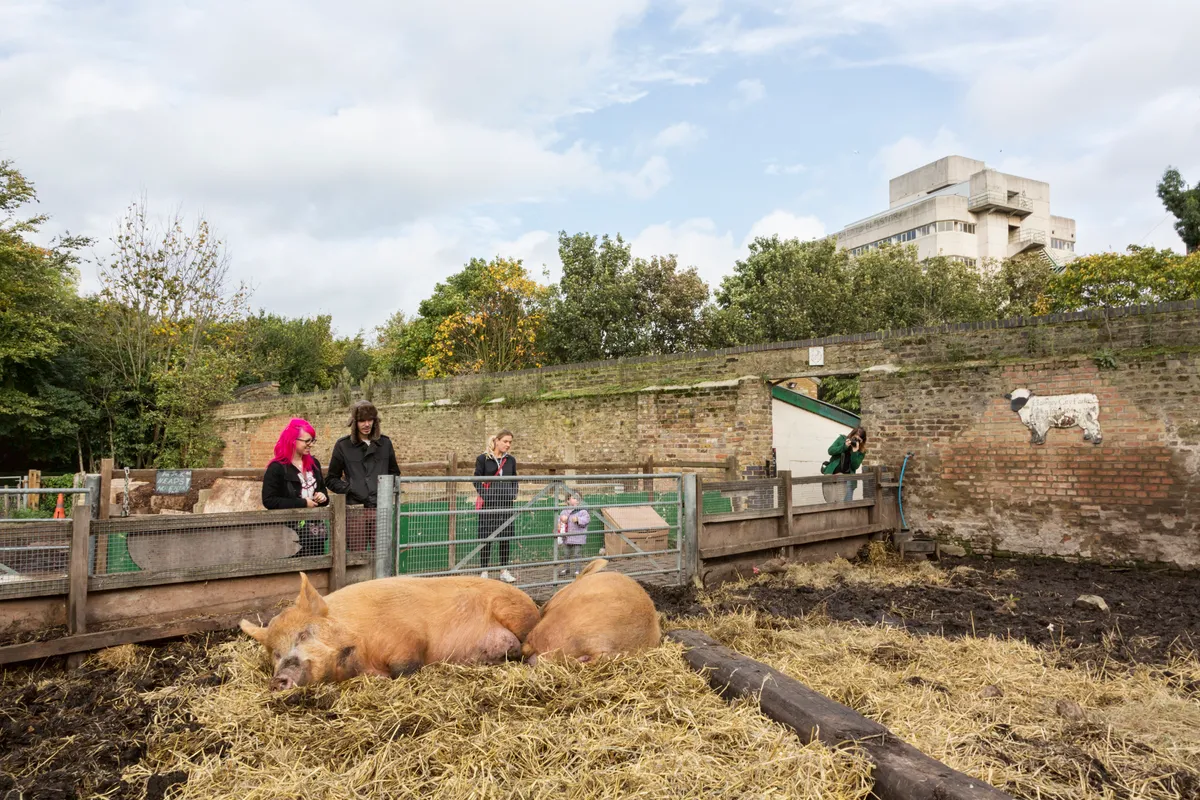
Meanwood Valley Urban Farm, Leeds
Opened in 1980 near the centre of Leeds, Meanwood began its operations from two old caravans and today manages a site of 26 acres. It has a long history of farming and is home to a range of habitats, from woodland to pasture; a stream also runs through its heart. Various minibeast-friendly habitats are found on the farm, which are regularly explored by school groups on educational visits. It's a good site for kestrels, and smooth newts and white-clawed crayfish live in the stream.
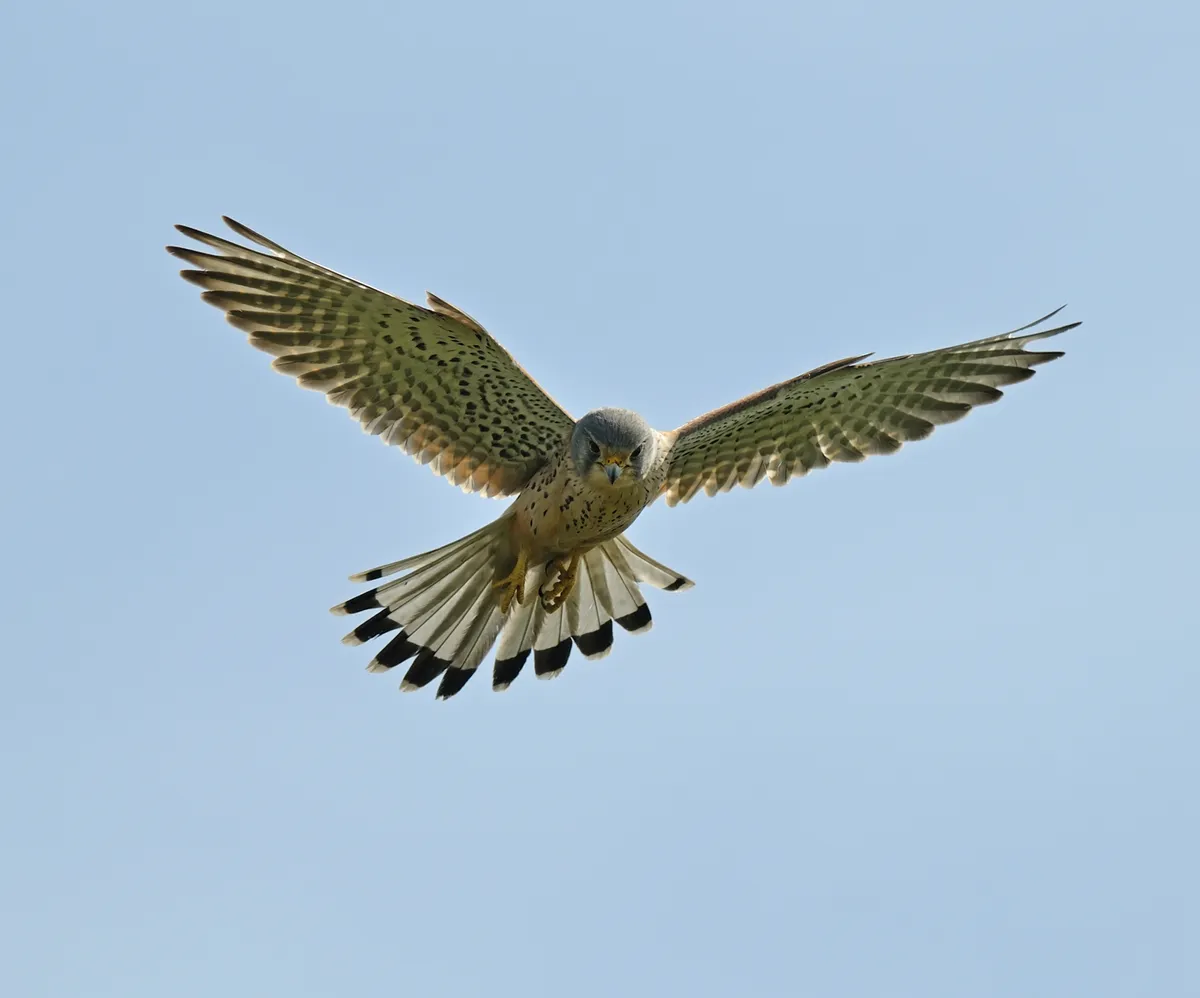
Love Gorgie City Farm, Edinburgh
Just a couple of kilometres walk from the city centre, tucked between a busy railway line and a main road, this city farm is located on a once-derelict site that was saved by the local community and turned into a treasured green space. The farm hosts an Earth School that promotes eco-friendly farming among young people, and you can spot red campion, hedgehogs and tree bumblebees.
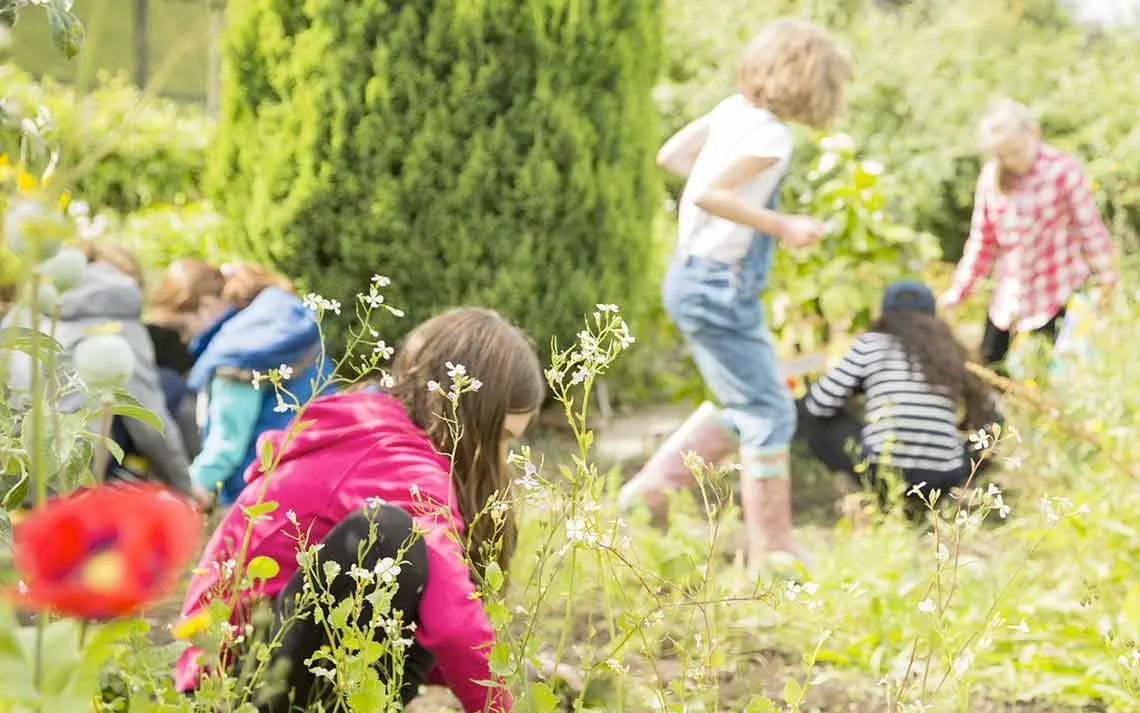
Ouseburn Farm, Newcastle
This community-run farm was set up in the 1970s by local parents who wanted their children to experience nature, care for animals and grow their own food. It’s a short walk from the River Tyne in the heart of the city and attracts charismatic birds such as kingfishers and insects such as southern hawker dragonflies. It is also a care farm, offering opportunities for adults with learning disabilities and difficulties to learn new skills and connect with nature.
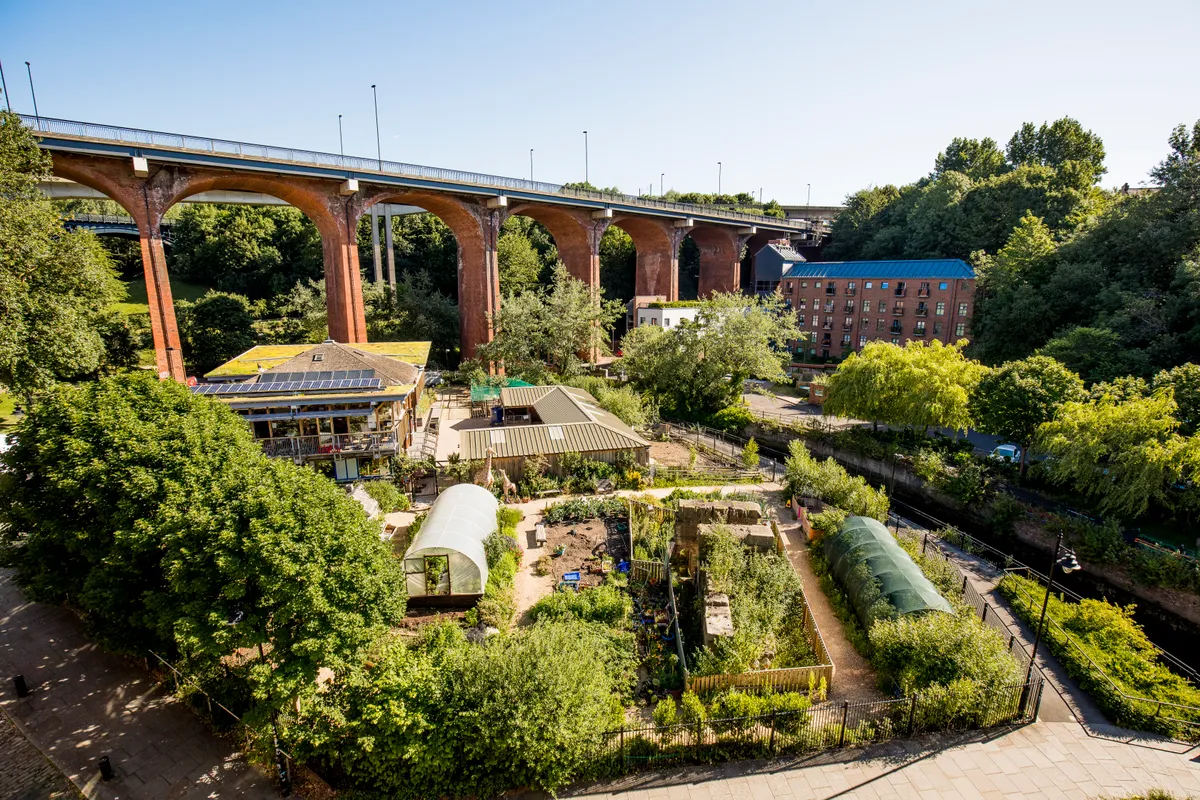
Oxford City Farm, Oxford
A community-run farm in the heart of Oxford, located on a once-derelict site covering just over two acres. It was established in 2008 with the ethos of providing a safe outdoor space to promote a healthier, more resilient and connected community. Volunteers and visitors can learn new growing and cooking skills and take part in activities such as tree-planting. Connecting people with nature is central to life here, and there are regular sightings of wildlife such as green woodpeckers and foxes.
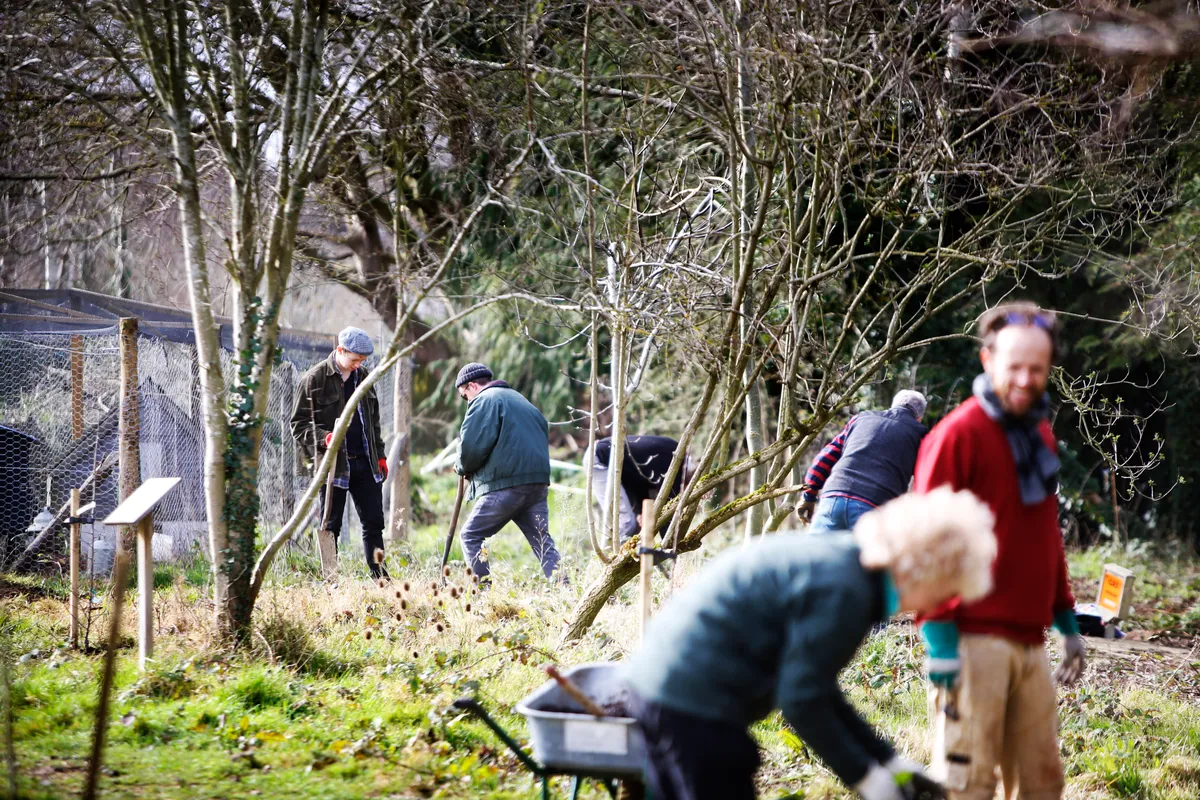
Spitalfields City Farm, London
Situated on a former railway goods yard in one of the most densely populated wards of Tower Hamlets, this farm has been welcoming Londoners since 1978, when it became established in response to a demand for allotments. Chickens, geese and goats soon followed. The 1.3 acre site has a dedicated wildlife garden, including a butterfly garden, and has become a haven for wildflowers and pollinators. There are logpiles for minibeasts and even great crested newts in the wildlife pond.
Visit spitalfieldscityfarm.org
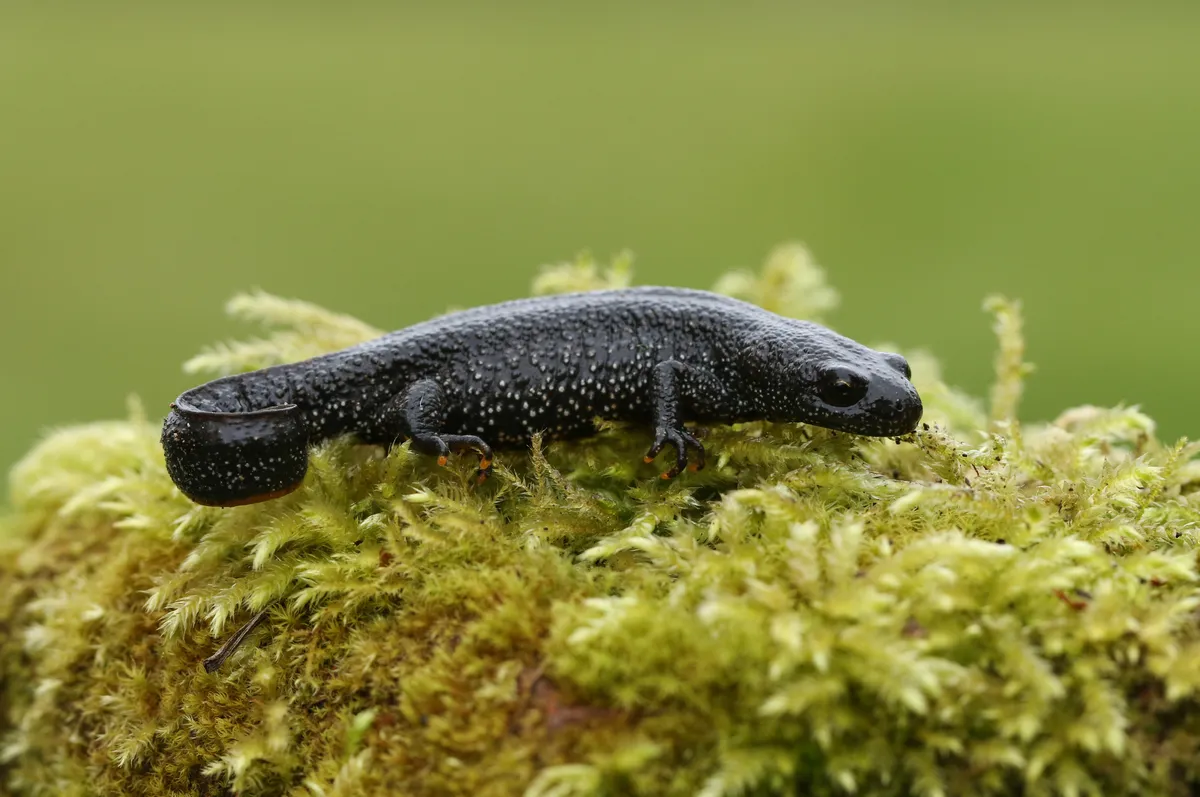
St Werburgh's City Farm, Bristol
An inner-city oasis, this city farm is spread across a number of sites, connecting local people with farm animals and providing much-needed space to grow food on community allotments. The farm includes a 2.5 acre conservation woodland as well as a bee garden and picnic site, which is packed with pollinator-friendly plants. You can spot sparrowhawks, early dog-violets and small tortoiseshells here.
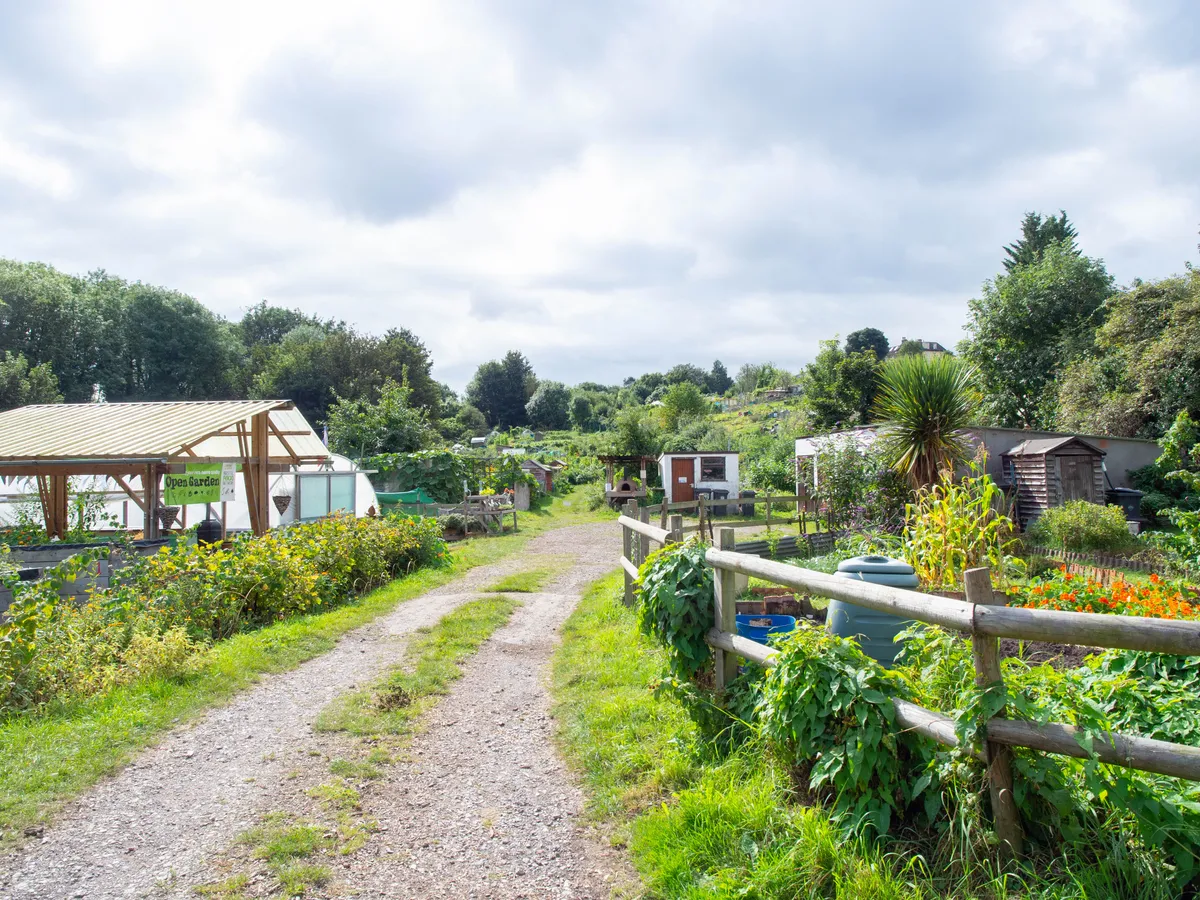
Main image: Hackney City Farm © Getty
